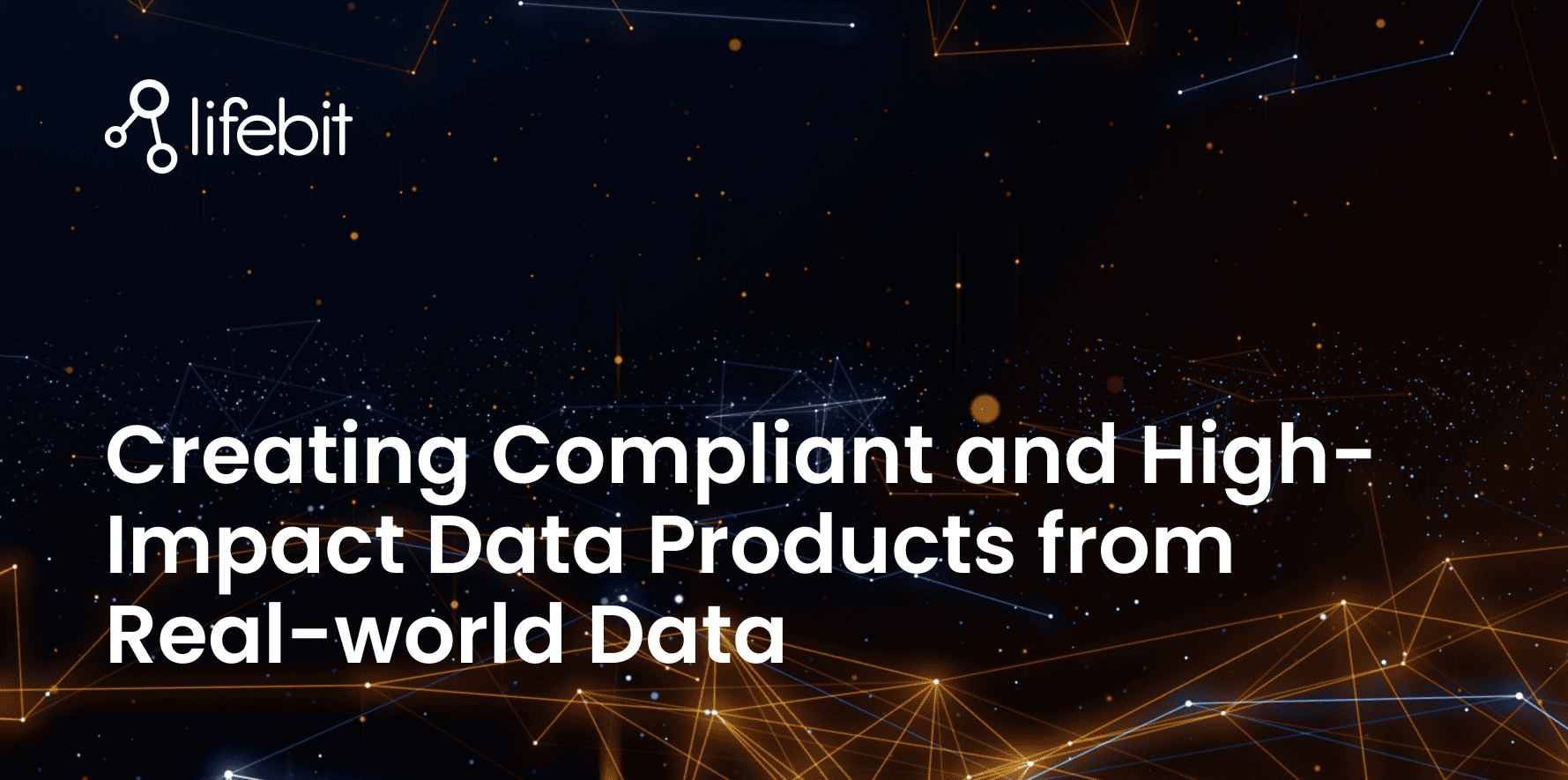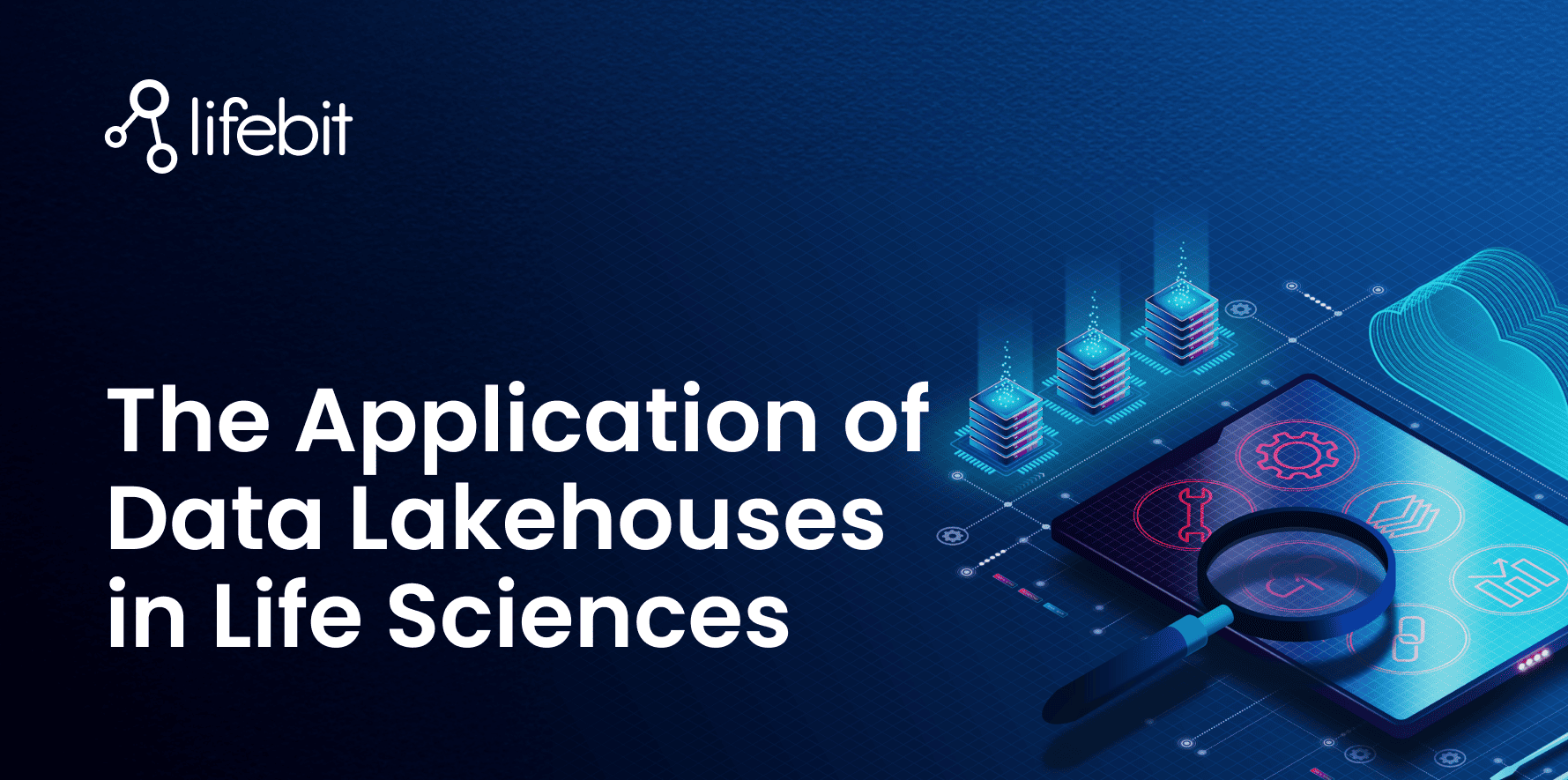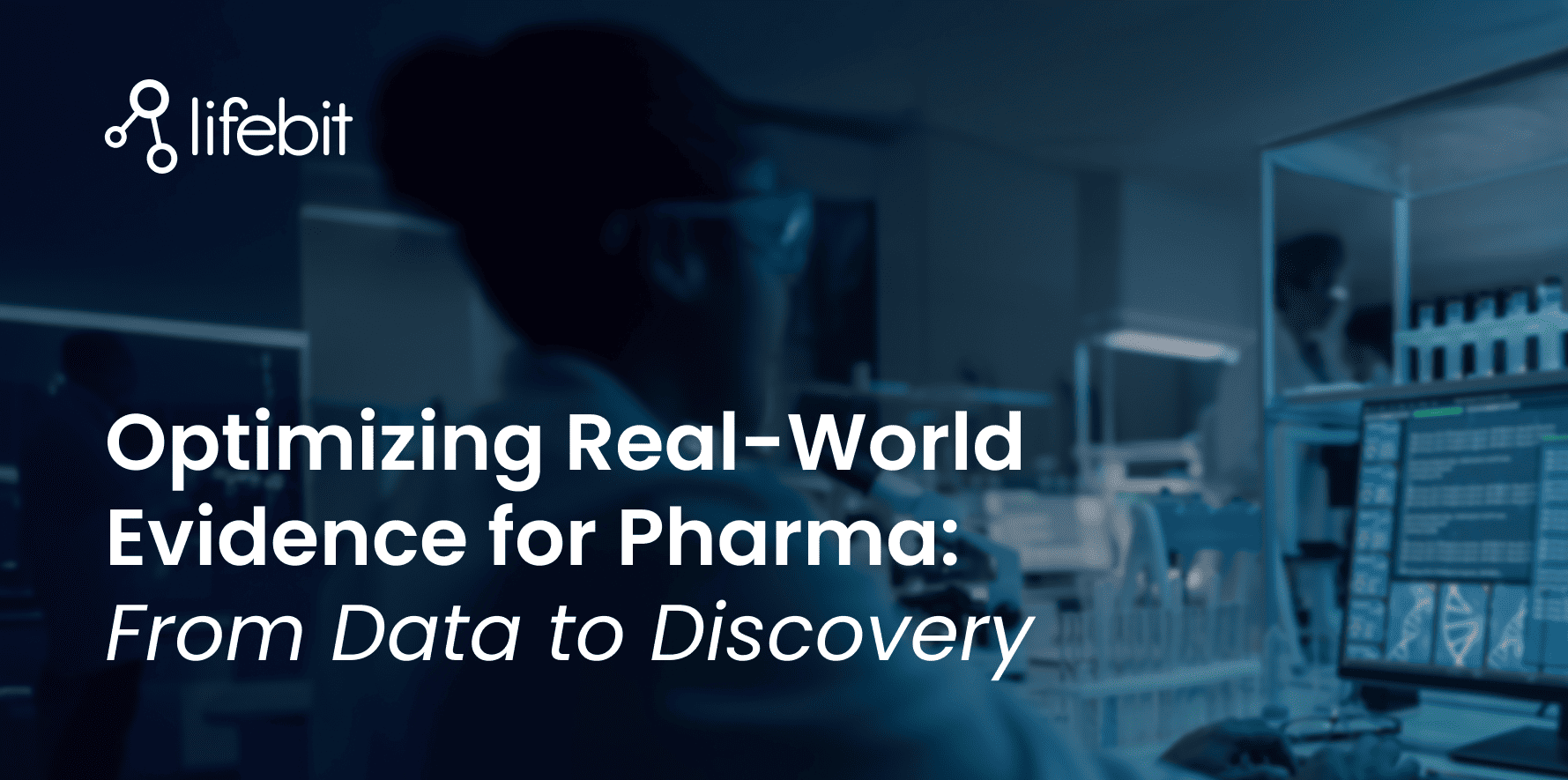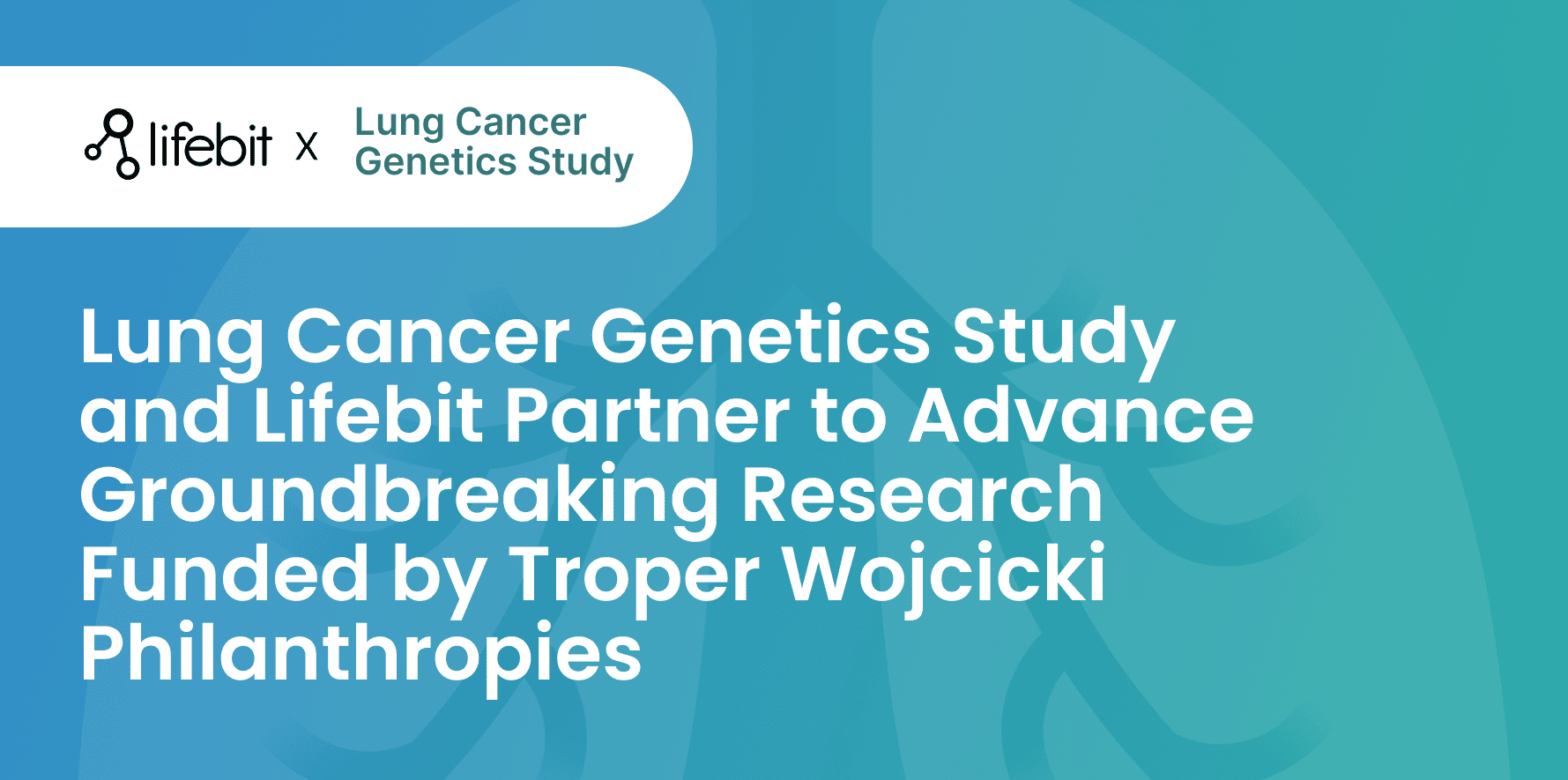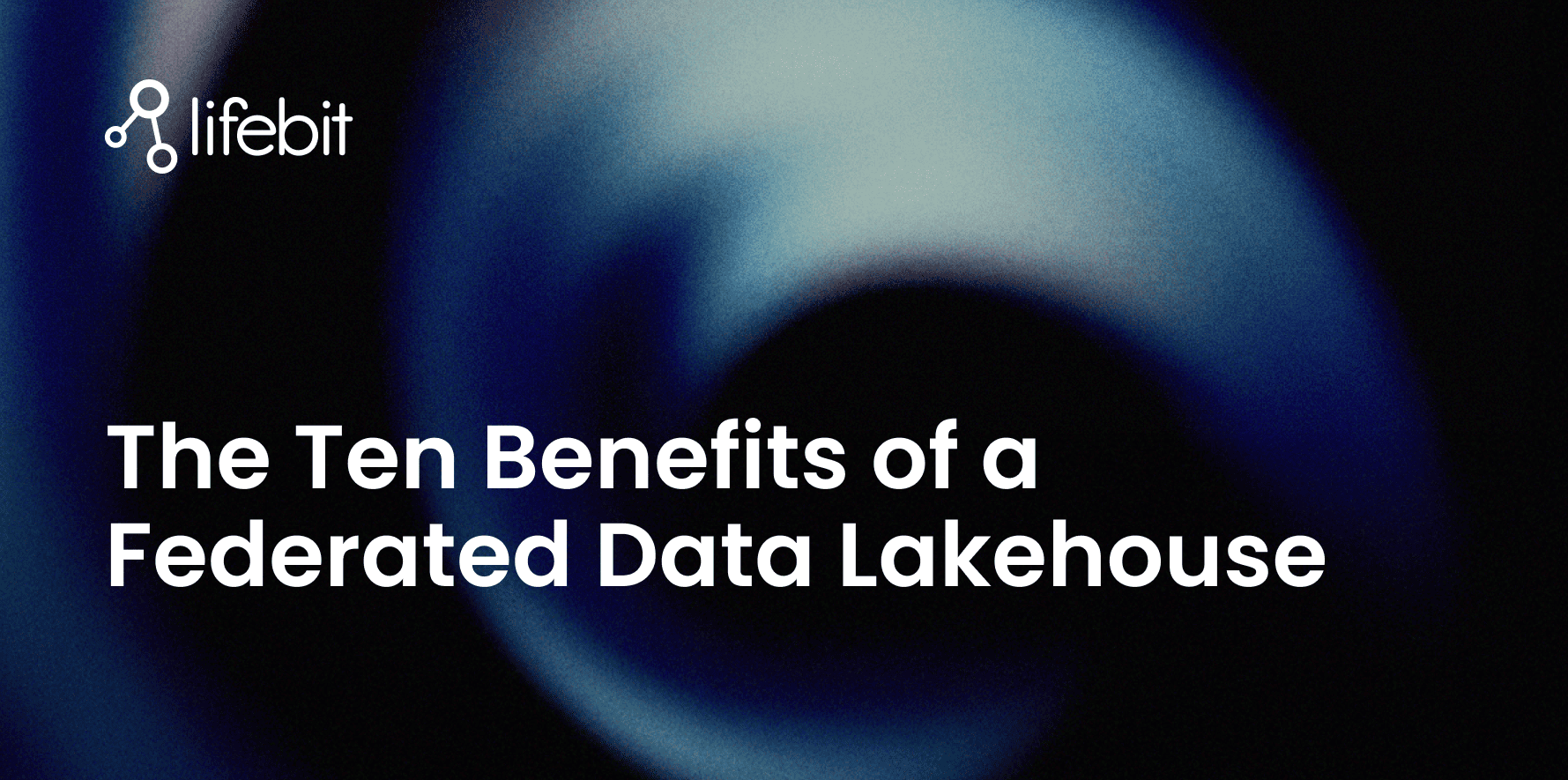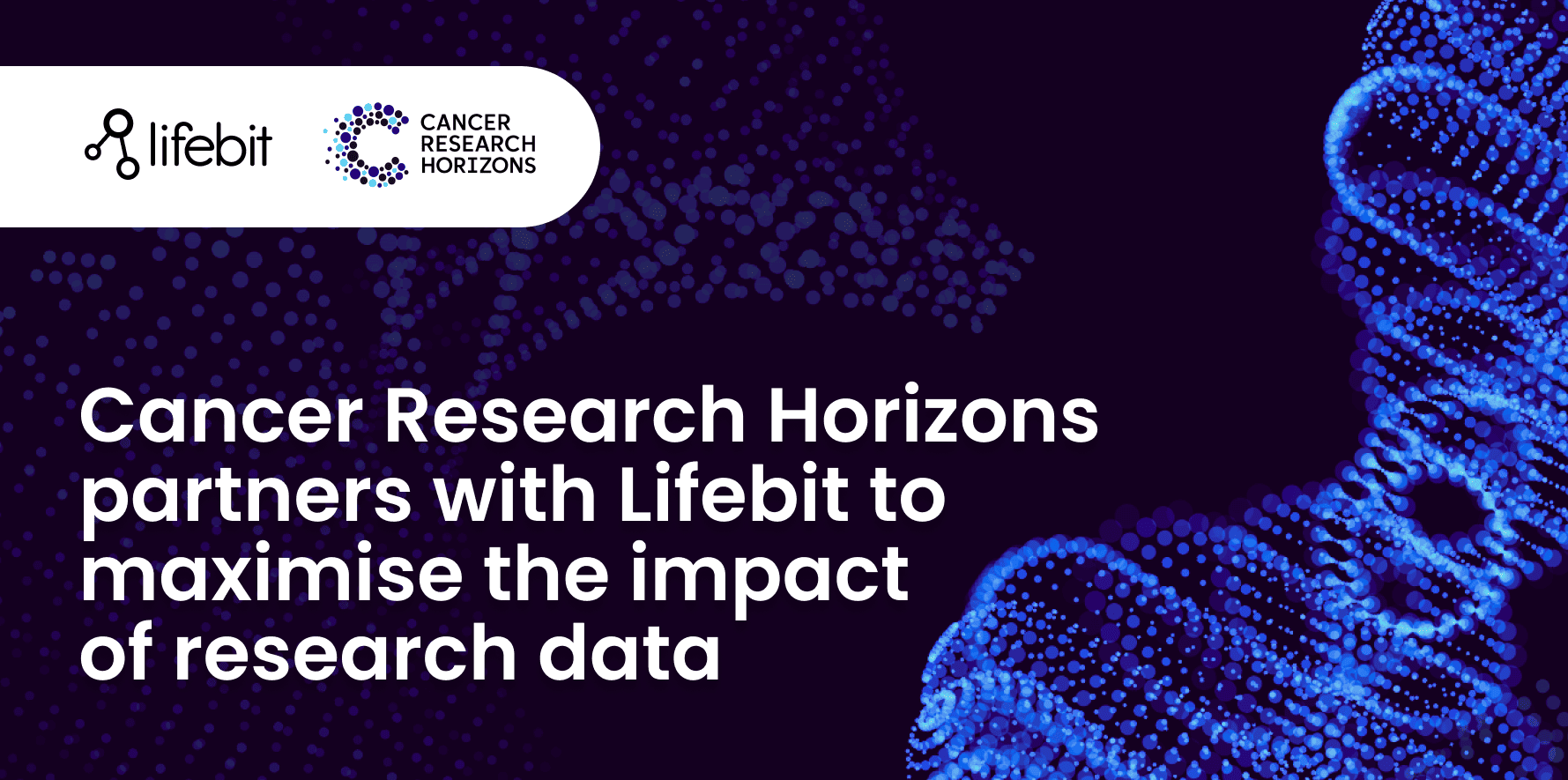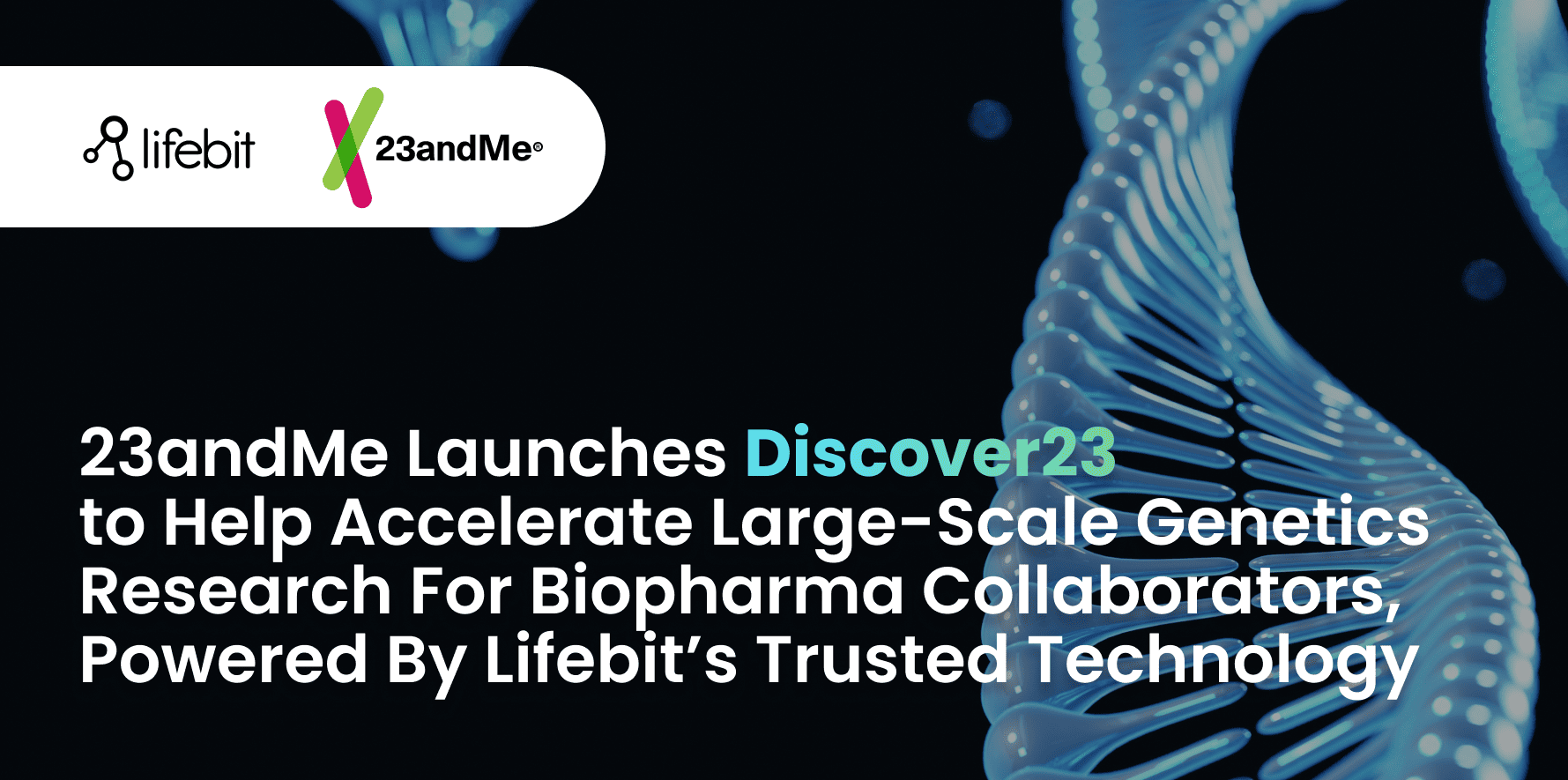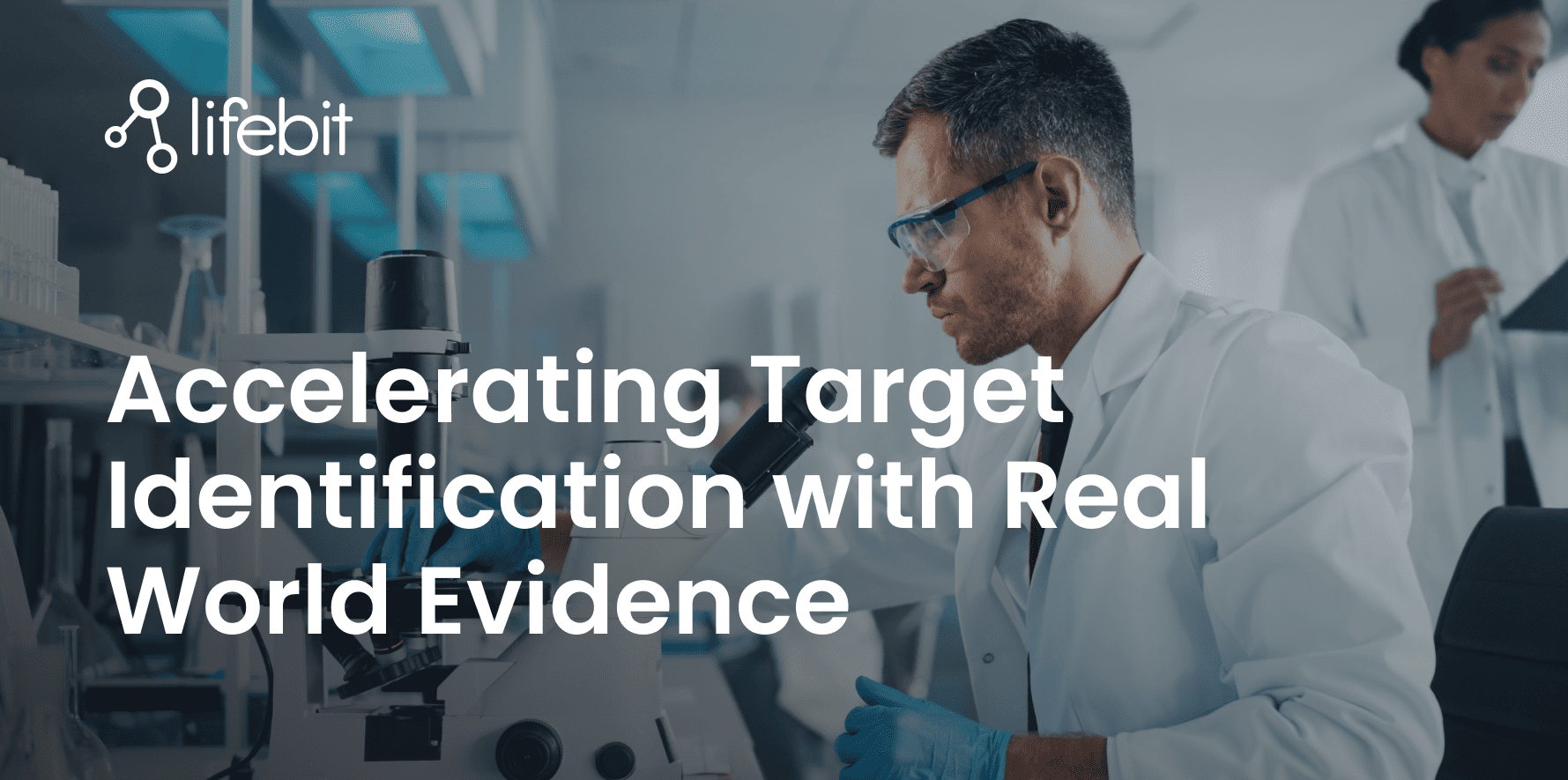What is Data Lakehouse?
A data lakehouse is a data architecture that merges the flexibility and scalability of a data lake with the high-performance analytics and governance features of a data warehouse. It supports machine learning, business intelligence, and predictive analytics, offering a scalable and flexible platform for standardization, managing and cataloging data. It is particularly valuable for organizations looking to break down silos, integrate diverse data types, and enable advanced analytics.
For organizations handling large and sensitive biomedical datasets—such as genomic sequences, real-world evidence (RWE), and clinical trial data, a data lakehouse offers the scalability needed to manage these vast datasets while ensuring that data is organized and accessible for advanced analytics.
How Is a Data Lakehouse Different from a Data Lake and a Data Warehouse?
A data lakehouse is a hybrid architecture that combines the strengths of both data lakes and data warehouses while addressing their individual limitations. Here’s how the three compare:
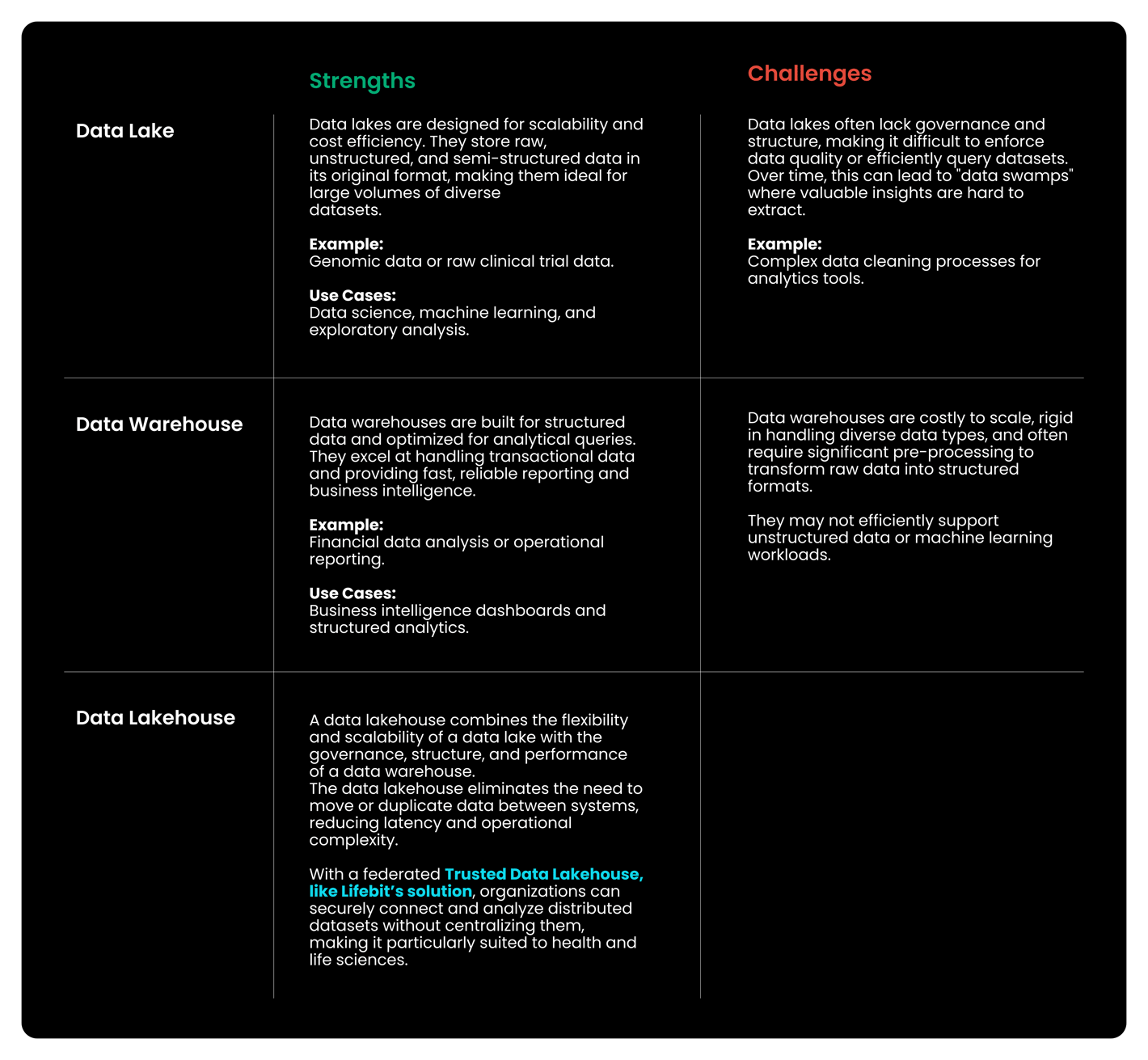

The Evolution of the Data Lakehouse
The concept of the data lakehouse has emerged in recent years to address the limitations of traditional data lakes and data warehouses.
Introduced in the early 2010s, data lakes provided a centralized repository for storing vast amounts of raw, unstructured data. Data warehouses have been a cornerstone of structured data analysis for decades, offering reliability and efficiency. However, they are often expensive, rigid, and less capable of handling unstructured or semi-structured data.
The data lakehouse bridges these gaps, creating a unified architecture that retains raw data’s flexibility while enabling structured data’s efficiency. This evolution has become increasingly important in the health and life sciences industries, where organizations manage and analyze diverse datasets, from genomic data to electronic health records (EHR).
Key Features of a Data Lakehouse
A data lakehouse solves several critical challenges in data management and analytics. Firstly, by serving as a unified platform, a data lakehouse enables organizations to break down siloes by storing, managing, and accessing structured and unstructured data from disparate sources. Secondly, a data lakehouse enables advanced data analytics by combining the processing power of data warehouses with the scalability of data lakes. Thirdly, it enhances data governance, essential for biomedical data, by incorporating robust compliance and governance features. And lastly, it streamlines data workflows by eliminating the need to move data between systems.
How Does a Data Lakehouse Work?
A Trusted Data Lakehouse integrates a multi-layer architecture:
-
Data fetching and ingestion: Raw data from diverse sources, including structured, unstructured, and semi-structured formats, is ingested into the lakehouse.
-
Data storage: The data is stored in its original format, ensuring no loss of detail while supporting scalability.
-
Processing and optimization: Data is processed for advanced analytics, enabling it to be queried efficiently.
-
Governance and security: Data governance layers ensure compliance with regulations, data masking, and encryption, particularly important for sensitive datasets in health and life sciences.
This architecture provides a flexible yet secure environment to support analytics and innovation.
Why Is a Data Lakehouse Important for Health and Life Sciences Organizations?
In health and life sciences, managing large, diverse datasets like clinical trial results, genomic data, and EHR is critical. A data lakehouse enables organizations to:
-
Integrate datasets from multiple sources without compromising privacy
-
Create high quality data products from raw biomedical data
-
Perform advanced analytics, such as predictive modeling for precision medicine
-
Ensure compliance with stringent data security regulations like GDPR and HIPAA.
How Lifebit’s Trusted Data Lakehouse Supports Health and Life Sciences?
Lifebit’s Trusted Data Lakehouse is purpose-built for health and life sciences organizations, providing a foundational layer for creating high-quality data products. Its unique federation capabilities allow users to securely connect and analyze data across multiple locations without the need for centralization, ensuring compliance while preserving data privacy.
-
Supports TREs and Analytics Platforms: Lifebit’s Trusted Data Lakehouse serves as the backbone for Trusted Research Environments (TREs) and internal analytics platforms, ensuring data is prepared for research and analysis with the highest security standards.
-
Enables High-Quality Data Products: By integrating distributed datasets, it empowers organizations to derive actionable insights and accelerate innovation
-
Future-Proof and Scalable: Built to grow with your organization’s needs, Lifebit’s solution ensures your data strategy evolves seamlessly.
To learn more about how the Lifebit Trusted Data Lakehouse can transform your organization’s data strategy
About Lifebit
Lifebit is a global leader in precision medicine data and software, empowering organisations across the world to transform how they securely and safely leverage sensitive biomedical data. We are committed to solving the most challenging problems in precision medicine, genomics and healthcare with a mission to create a world where access to biomedical data will never again be an obstacle to curing diseases.



.png)



